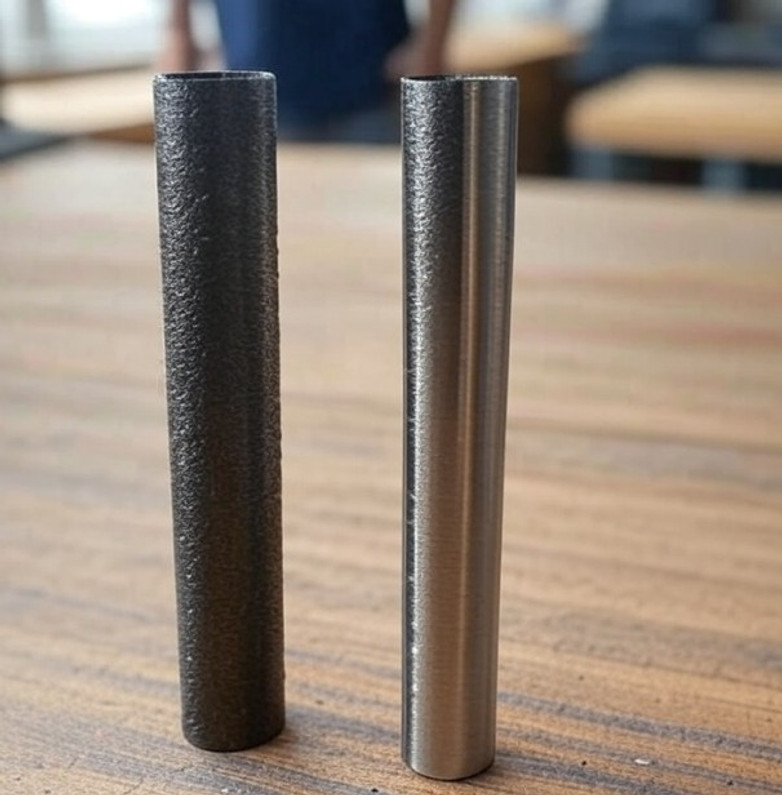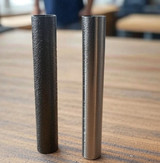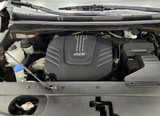Debunking Myths: Is Stainless Steel Just Carbon Steel with Rust Protection?
Hello, I'm Dennis Bandy, owner of Wise Auto Tools and a Master Automotive Technician with many years of hands-on experience in the shop. Over the years, I've fielded plenty of questions from mechanics and DIYers about materials for tools and repairs, and one that comes up often is whether stainless steel is basically carbon steel treated with some kind of rust-preventative coating. Let's set the record straight on this, and I'll explain why understanding the difference can make or break your thread repair jobs. As always, at Wise Auto Tools, we're here to provide practical advice and we'll touch on how this ties into the Time Sert thread repair products we carry as an authorized distributor.
First things first:
No, stainless steel is not carbon steel with an added rust treatment. It's a completely different alloy built for better corrosion resistance from the ground up.Carbon steel is made primarily of iron and carbon—up to about 2.1% carbon—with few other elements mixed in. It's tough, cost-effective, and common in a wide range of uses, but it rusts easily when it meets moisture and oxygen. That rust creates a flaky oxide layer that doesn't seal the surface, allowing corrosion to keep progressing. To fight this, you might apply external protections like paint, oil, galvanizing, or inhibitors, but these are just temporary surface treatments that can degrade or get damaged over time.Stainless steel, on the other hand, is an iron alloy that includes at least 11% chromium—frequently 16% or higher—along with additions like nickel, molybdenum in various grades. The chromium is the game-changer: it reacts with oxygen to create a thin, invisible layer of chromium oxide that's passive and self-repairing. If the layer gets scratched, it heals itself fast, blocking out moisture and oxygen from the iron below. This makes stainless steel roughly 200 times more corrosion-resistant than carbon steel, and that protection is inherent to the material—no need for basic rust prevention. Of course, in severe conditions like high chloride exposure, it can still pit or corrode, but its built-in durability is what sets it apart. Sometimes extra coatings are used on stainless in extreme setups, but they're not what makes it "stainless."How This Applies to Thread Repair WorkIn my time working on vehicles, I've seen how choosing the right material for thread repairs can prevent headaches later, especially in areas prone to rust or heavy wear. Carbon steel is a solid option for many thread repair applications—it's affordable, holds up fine in dry or controlled environments, and gets the job done for things like basic engine or chassis fixes. Our carbon steel thread inserts are black oxide rust treated, which adds a layer of protection against corrosion to extend their usability in moderate conditions.But when conditions get harsher, stainless steel is stronger and resists rust much better. This makes it the better choice for jobs like brake components, where heat and road salt speed up corrosion, or marine applications with some saltwater exposure. Stainless inserts deliver a more reliable, long-term repair that stands up without failing due to oxidation. That's one reason I'm a strong supporter of Time Sert thread repair products, which we're proud to offer as an authorized distributor. Time Sert kits provide precise, permanent fixes with solid bushing inserts that often outperform the original threads. We stock both carbon steel (black oxide rust treated) and stainless steel versions in metric and SAE sizes, so you can match the inserts to your specific needs. Whether it's a stripped spark plug hole or an exhaust manifold, these kits have proven themselves in countless repairs.
Picking the Best Material for Your Repairs
For general work in low-moisture spots where cost matters most, carbon steel will serve you well—especially with that black oxide treatment for added rust resistance. But for exposed areas like brakes, suspension, or anything near saltwater, go with stainless for its superior strength and rust resistance—it's worth the investment to avoid repeat jobs. If you're unsure which Time Sert kit fits your project, give me a call at Wise Auto Tools or drop us a message through our contact page. We've been helping techs and hobbyists since 2005, and I'm happy to guide you to the right solution. Thanks for stopping by the blog. Check back for more repair tips and insights and browse our full line of Time Sert products on the site. Safe wrenching!
15th Jul 2025
Recent Posts
-
Debunking Myths: Is Stainless Steel Just Carbon Steel with Rust Protection?
Hello, I'm Dennis Bandy, owner of Wise Auto Tools and a Master Automotive Technician with many years …15th Jul 2025 -
Head Bolt Stripping in Kia and Hyundai Engines: How Common Is It and How to Fix It
A customer recently emailed us with a great question: “What percent of Kia vehicles would you say ha …9th Jul 2025 -
Pentastar 3.6L Head Bolt Thread Repair on a Budget
We recently received a great question from Michael, a DIYer facing a common problem of stripped thre …19th Mar 2025




